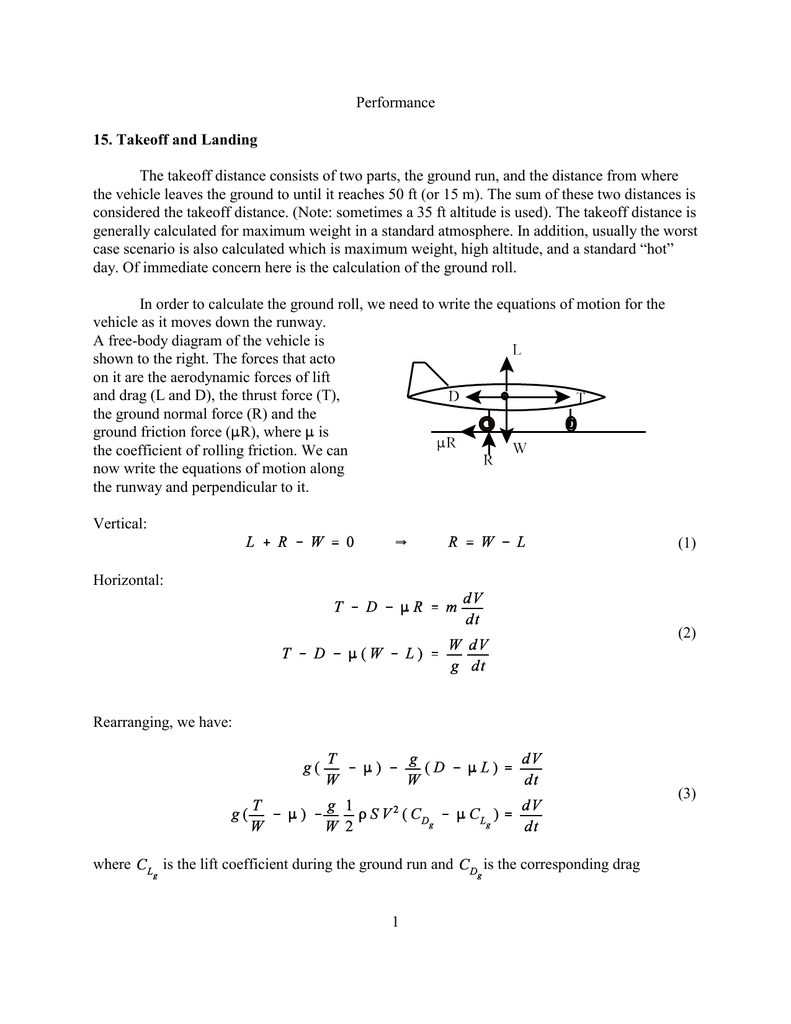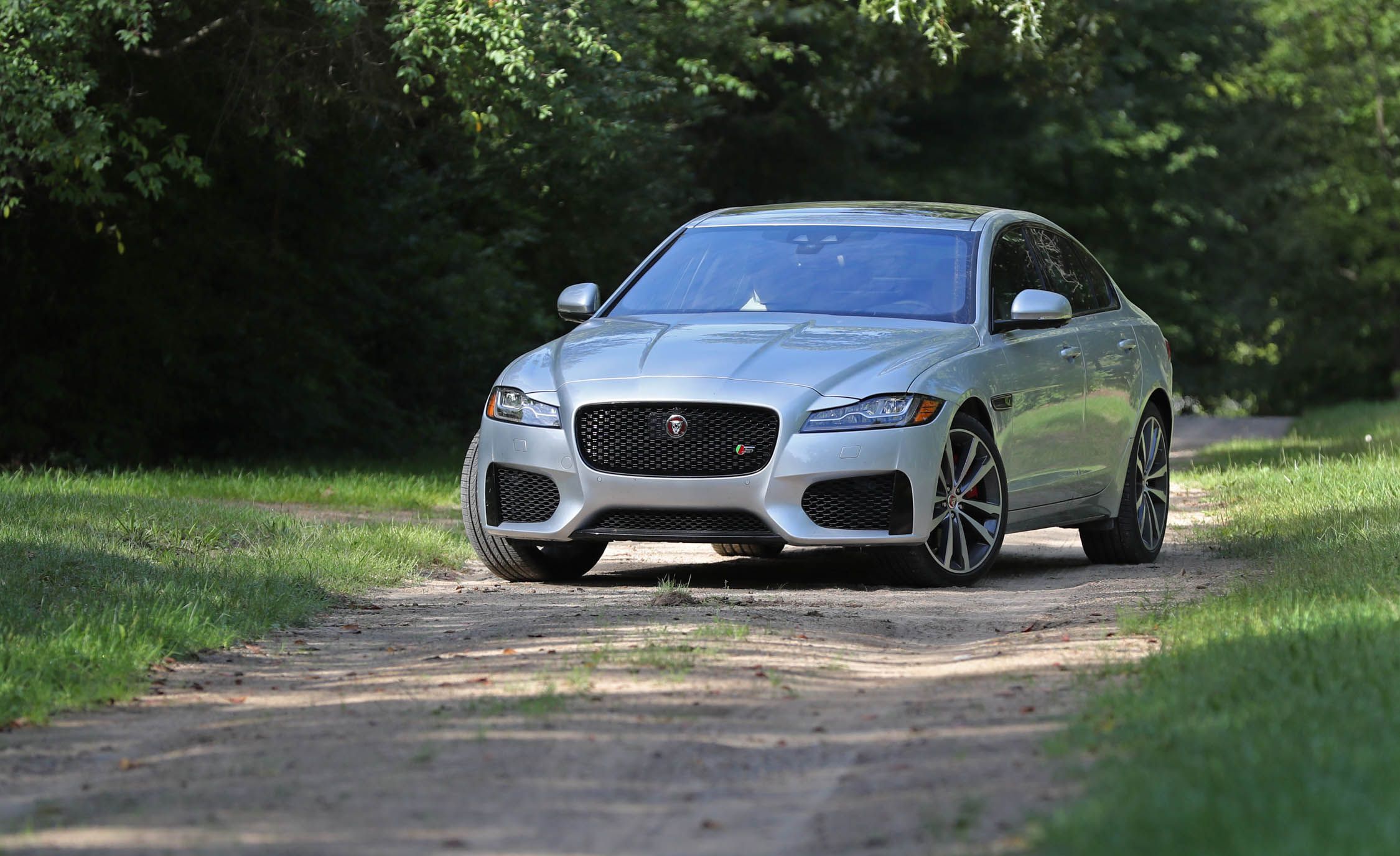

#TAKEOFF SPEED GIVEN XF AND ANGLE FULL#
In comparison to video analysis techniques, trajectory estimation using wearable IMUs and GNSS sensors has the advantages of being easy to use and maintain and having full coverage over all phases in a ski jump. presented a solution to estimate the center of mass and its velocity using differential GNSS and IMUs for alpine skiing. Blumenbach designed and tested a helmet with a high-precision Global Positioning System (GPS) receiver for the positioning of ski jumpers. proposed a measurement system with IMUs and a light barrier to estimate the ski velocity and jump length. presented an IMU-based system measuring ski jumping dynamics including the position and velocity of the center of mass perpendicular to the table during take-off. In recent years, wearable sensors, such as inertial measurement units (IMUs) and global navigation satellite system (GNSS) receivers, have been widely employed for motion analysis in sports including ski jumping. Furthermore, camera systems merely provide information about the athlete’s position, while velocity and acceleration have to be estimated via numeric differentiation, which may be subject to large error. To record the entire jump, a large number of cameras would be required making the system expensive and hard to calibrate. However, such a system has the disadvantage that it generally only covers limited parts of the jumping area. Traditional solutions to meet this demand are video analysis techniques based on camera recorded videos. Moreover, a comparison between jump lengths obtained from the proposed method and video recordings shows the relative root-mean-square error of the reconstructed jump length is below 1.5 m depicting the accuracy of the algorithm.Īcquiring an accurate estimation of the position and velocity of the athlete during a ski jump has always been of great interest to athletes, coaches, and sport researchers to analyze the movement for improving the jumping performance.

Results for both simulated measurement data and real measurement data demonstrate the effectiveness of the proposed method. In comparison to the classic inertial navigation system and GPS integration solution, the proposed method includes additional geometric shape information of the ski jumping hill, which are modeled as soft constraints and embedded into the estimation framework to improve the position and velocity estimation accuracy.
#TAKEOFF SPEED GIVEN XF AND ANGLE OFFLINE#
The method employs an extended Rauch-Tung-Striebel smoother with state constraints to estimate state information offline from recorded raw measurements. Therefore, state-of-the-art wearable sensors, including an inertial measurement unit, a magnetometer, and a GPS logger are used. To satisfy an increasing demand to reconstruct an athlete’s motion for performance analysis, this paper proposes a new method for reconstructing the position and velocity in the context of ski jumping trajectories.


 0 kommentar(er)
0 kommentar(er)
